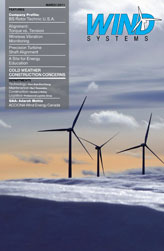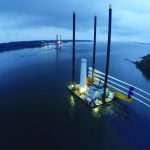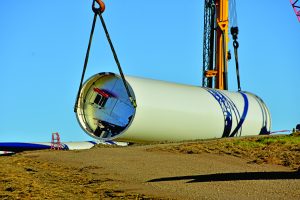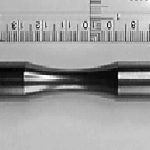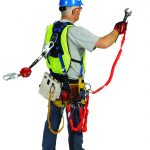Many wind technicians begin their career having already been taught skills in servicing rotating machinery and bring a modest background and understanding of mechanical and electrical principles. Further on-the-job training in such areas as safety, wind turbine operation, bolting, rigging, and electrical systems present a well-rounded service technician who can skillfully perform routine and major repairs for modern wind turbines. High levels of proficiency come from years of experience working through the varied issues encountered on a wind farm, leading to the development of senior technicians who have the capability to quickly understand and resolve a problem. Being able to leverage this experience to impart troubleshooting skills to junior technicians is what separates successful projects from those that struggle.
The profession that once only required basic skills in mechanics and electrical systems now requires high performance work standards and advanced skills. In fact, to remain competitive a wind project needs technicians who immediately have proficient skills in resolving complex issues, unable to afford the luxury of learning these aptitudes over time. Unfortunately, traditional classroom instruction doesn’t always teach essential troubleshooting skills. Training is typically conducted on turbines that are fully functional, and while technicians can follow schematic diagrams and perform routine maintenance tasks, eventually the systems they work on will malfunction. In the field, as turbine components break and are repaired, only those who work on it will gain valuable troubleshooting knowledge. Other technicians would have to learn this process independently and repeat for each turbine component. The loss of experienced staff can have a grave impact on the team’s learning curve and, equally of concern, smoothly operating projects with few issues result in few chances to keep troubleshooting skills sharpened.
What makes a good troubleshooter lies in the idea that, in spite of their understanding of the component they are working on, they approach each problem systematically. Systematic thinkers have a good understanding of basic operating parameters and use a disciplined troubleshooting methodology. Being a system expert is not necessarily a prerequisite for being a troubleshooting expert, since if you know enough about the turbine to know what tests to conduct you can use a systematic process to narrow the problem down to the root cause. Often, simply understanding and being able to use the turbine technical manual will provide the technician with enough expertise to begin a logical troubleshooting process. Documentation review is just one of the factors in resolving turbine issues, and it involves not only pulling technical manuals from the shelf but also alarm history, past service reports, and parts usage history. Problems always leave clues for the savvy troubleshooter.
When all documentation has been researched without a solution being found, systematic steps are taken to create and test a technician’s own theories. Getting an accurate description of the problem and then reproducing it assures that the technician is attempting to fix what needs to be fixed, often discovering the solution by recognizing how a component malfunction is repeated. The low hanging fruit, as it were, are the steps that a technician uses to quickly test theories and narrow the problem down while continually constraining the issue into ever-smaller possibilities. From a systematic approach, tests that cover the most possibilities at once are the quickest route to resolution of the problem, and good troubleshooters are adept to recognize this. On the other hand, troubleshooters who approach a theory and test method with a preconceived idea and fail to follow the systematic steps to reduce possibilities will have thought they had proved the solution in one area when it was actually in another. When this happens tests become unproductive, the troubleshooters begin to question themselves, and time will be wasted.
In our modern wind industry, system experts who fail to use a methodical troubleshooting process will always struggle to attain the same success status as those with expert troubleshooting skills. Wind project owners, site managers, and technicians alike need to understand the value of troubleshooting skills, not only from the perspective of competitiveness but also from where to focus training efforts for new entrants to the growing workforce. Even for existing projects, time and experience are going to be rare commodities in the future.
















